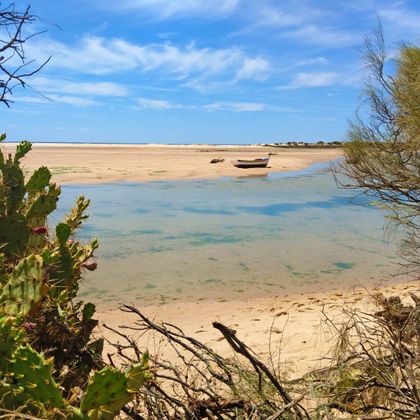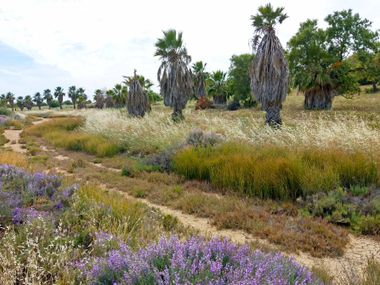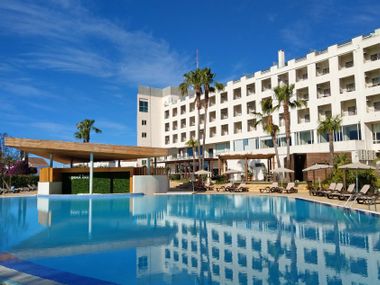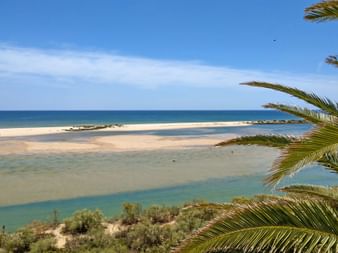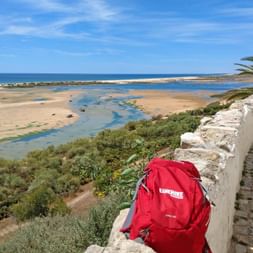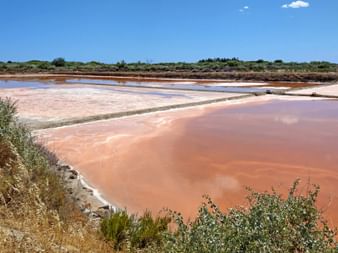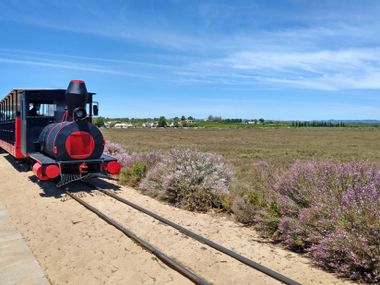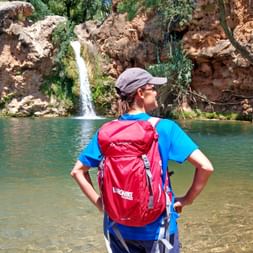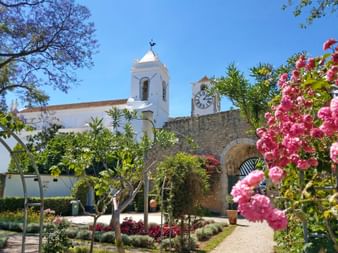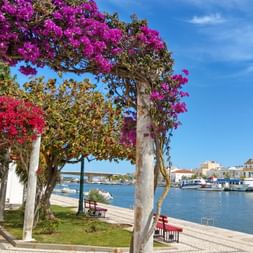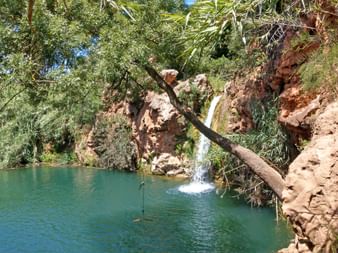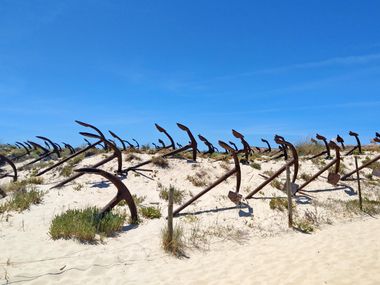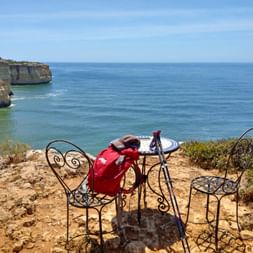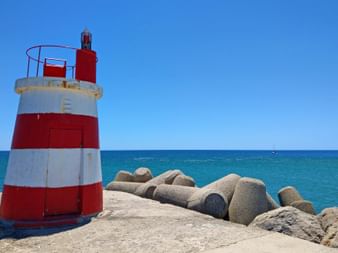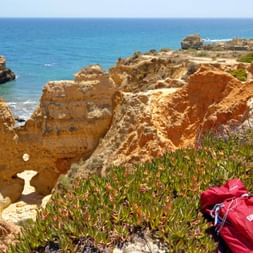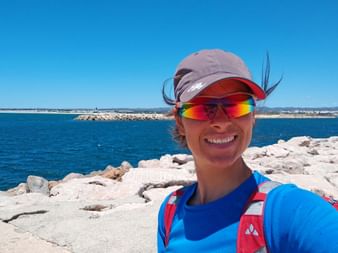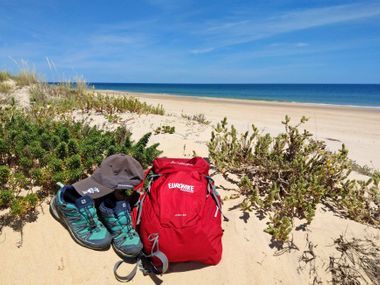After a long break, I'm getting a little further away again! I'm flying south! But not on holiday, but for work. This time my job is to create a new Eurohike hiking tour on the south coast of Portugal.
After I have overcome the bureaucratic hurdles with testing, booking and travel organisation, I hop on the train with my suitcase and hiking backpack and then get on the plane.
I'm lucky: While you have to turn up the heating north of the Alps in cold, wet May, the Algarve in southern Portugal offers the exact opposite. A heat wave that will bring 35+ temperatures by the middle of May! For me as a mountain fanatic who has experienced the cold, this is of course a great culture shock. Heat, flat land, sea instead of mountain views and oysters, shrimp and squid instead of goulash.
- Discover now our new tour for 2022: Algarve Coastal Walk

